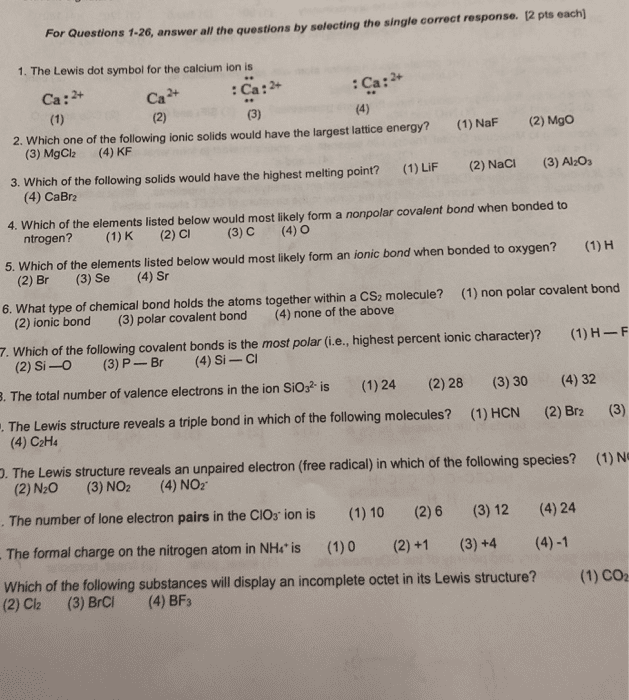CHM136H1 Lecture Notes - Lecture 4: Nonmetal, Double Bond, Trigonal Planar Molecular Geometry

34
CHM136H1 Full Course Notes
Verified Note
34 documents
Document Summary
Bonds bonds form because the resulting molecule has lower energy , and thus is more stable, than the atoms when separated two types: ionic and covalent. Only one method of bonding between two certain atoms (as opposed to covalent) electrostatic forces of attraction between oppositely charged ions metal donates electron to non-metal, resulting in a positive charge (metal) and negative charge (non-metal) The electrostatic attraction then leads to the two atoms staying together forms non-directional bonds in lattice structure: each atom bonded to 6 atoms of the opposite charge, in the shape of a cube. Leads to filled valence shells e. g. h + h -> h2. Molecular orbital theory not dealt with in this course. Vb theory says that covalent bond is two electrons shared between two nuclei - localized. Lewis structures: a representation of covalently bonded molecules. Each atom is surrounded by a filled valence shell of electrons.



